Diana Hardy Hibiscus
$79.50 Original price was: $79.50.$55.65Current price is: $55.65.
- Free Shipping over $25
- Fast & reliable delivery options
- Enjoy top quality items for less
- Multiple safe payment methods

When it comes to late blooms in the garden, nothing can come close to the Diana Hardy Hibiscus. From late summer and all through fall this compact shrub is decorated with enormous pure white blooms, standing fresh and proud even among the golds and oranges of falling leaves. There is something magical about seeing that fresh purity as the season winds down, and it doesn’t take an effort from you to achieve it. Easy to grow and even happy in poor, dry soil, this deciduous shrub is remarkably hardy. A relatively new take on an heirloom shrub immensely popular 150 years ago, this plant is the essence of ‘what was old is new again’, as it is re-discovered by a new generation of gardeners.
Growing Diana Hardy Hibiscus
Size and Appearance
Diana Hardy Hibiscus is a deciduous shrub growing up to 8 feet tall within a few years. It is typically broad, with a spread of about 5 feet, but possibly a few feet more, depending on how it is pruned. The slender stems rise more or less unbranched from the base, giving the plant an upright, vase-shaped form. The smooth bark is gray, with pronounced white markings (lenticels) on it. Older stems become thick, with rougher bark. The leaves are about 3 inches long, leathery and dark green. They have an overall oval shape, but with a tapering triangular base and 3 distinct lobes at the end, with roughly serrated edges. The leaves of this variety stay greener after the first frosts better than other varieties of hardy hibiscus, and they are also more resistant to the yellowing caused by urban ozone pollution. Eventually the leaves will yellow naturally and drop in late fall.
Flower buds form all along the stems, with the first flowers beginning in June in hotter states, and later in the season as you move into colder areas. In zone 5 blooming may not begin until late August, bringing a big splash in September when most other plants are finished blooming. Blooming continues well into fall, and in the warmest areas may continue into winter. The blooms are large, at least 5 inches across, in the form of an open trumpet, with wavy margins and a pronounced central spike of stamens. The color is pure, perfect white, and this plant is widely considered to be the very best of the white hardy hibiscus – a true beauty that lives up to the Greek goddess it was named after. Remarkably, the blooms stay open in the evening, shining and glowing in the moonlight. Other varieties close at night. Each bloom lasts for a few days, not the single day of older varieties. More and more buds continue to be produced, so profuse blooming lasts for weeks and weeks. This variety produces little or no seed, so energy is not wasted making seed pods – it all goes into a never-ending display of blooms.
Using Diana Hardy Hibiscus in Your Garden
Diana Hardy Hibiscus is an excellent shrub for late blooming in beds, and as a lawn specimen. It can be pruned into a small tree or kept as a shrub with branches from the ground. It makes an excellent hedge that needs trimming only once a year, or a vibrant screen along a fence or boundary. Plant it among other shrubs that flower earlier and enjoy a garden of flowers from early spring to early winter. In zones 7 and 8 it can be grown in pots to decorate a patio, terrace or balcony. In zones 5 and 6 over-winter pots by burying them in the ground.
Hardiness
Hardy from zone 5 to 9, Diana Hardy Hibiscus grows almost everywhere. In zone 5 it may be damaged by winter cold, but after pruning it will bounce right back and still bloom profusely, perhaps as a slightly smaller shrub.
Sun Exposure and Soil Conditions
Full sun is best and gives the densest growth and most flowers. Diana Hardy Hibiscus will also tolerate a little partial shade for a few hours a day. It grows well in almost any type of soil, except for very wet ones. Moist, well-drained soils are best, but this variety is remarkably drought resistant, and tolerates hot, dry conditions easily.
Maintenance and Pruning
Diana Hardy Hibiscus is usually free of serious pests or diseases and left alone by deer. For the best results an annual pruning is advised, in early spring. Several pruning options are available, and how you prune, and how much, determines how tall your shrub will be by the time it starts flowering. For smaller plants with the largest possible flowers, prune back to just 2-3 buds on younger, healthy stems. Remove older stems and dead stems regularly. For general garden growing remove about one-third of the older stems each year and prune the stems from the previous year back to about 12 inches long. In warmer zones lighter pruning is possible, and you can train your plant into a tree on a single stem.
History and Origin of Diana Hardy Hibiscus
The hardy hibiscus, Hibiscus syriacus, is a close relative of the tropical hibiscus and also of okra and the cotton bush. It is often called Rose of Sharon. This bush has a long history in cultivation, being mentioned in the famous Herbal of John Gerard, written in 1597. It was believed to come from Syria, but there it was only grown as a garden plant. Its native home is in India, China and in Korea, where it is the national flower. It probably came to Syria along the Silk Route centuries ago. The wild plant often has variable numbers of chromosomes, which accounts in part for the wide color range in the flowers of the hardy hibiscus. The variety called ‘Diana’ was created in 1962 at the US National Arboretum, D.C. by Dr Donald Egolf, a plant breeder also famous for crape myrtles and lilacs. It is a hexaploid – a plant with 6 sets of chromosomes – which prevents it from making seed. It first bloomed in 1964 and it was released to gardeners in 1970.
Buying Diana Hardy Hibiscus at The Tree Center
This wonderful shrub won a gold medal at the Pennsylvania Horticultural Society Show in 1991, and it was given the Award of Garden Merit from the Royal Horticultural Society, England, in 2003. You can see how admired it is, and what an outstanding variety. You will love the grace of charm of the Diana Hardy Hibiscus, so order right away, while our limited stock of this goddess is still available.
Be the first to review “Diana Hardy Hibiscus” Cancel reply
Related products
Boxwood Shrubs
Other Shrubs & Hedges
Boxwood Shrubs
Shrubs and Hedges
Other Shrubs & Hedges
Hydrangeas
Hydrangeas
Hydrangeas





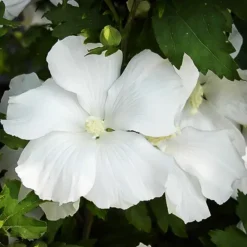
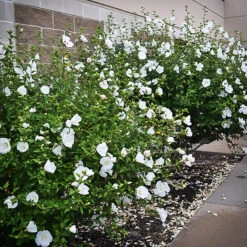
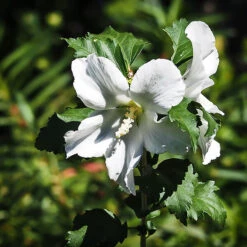
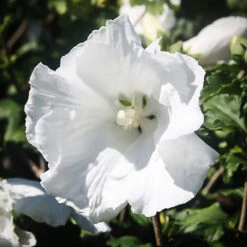
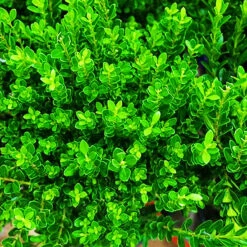

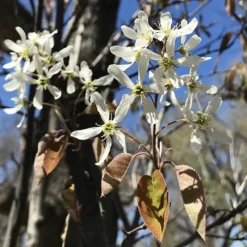



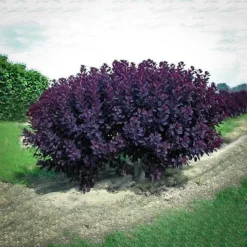
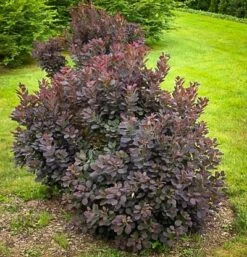
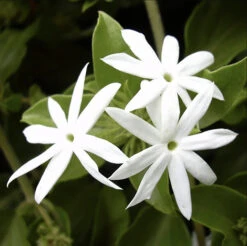
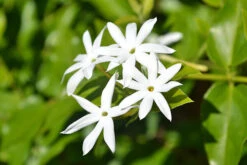
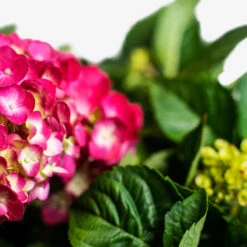


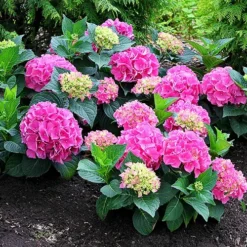
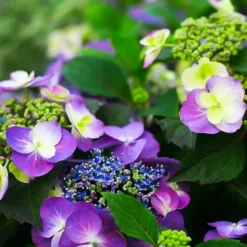
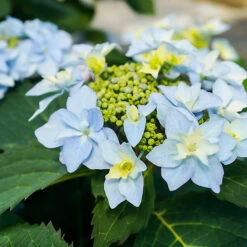
Reviews
There are no reviews yet.